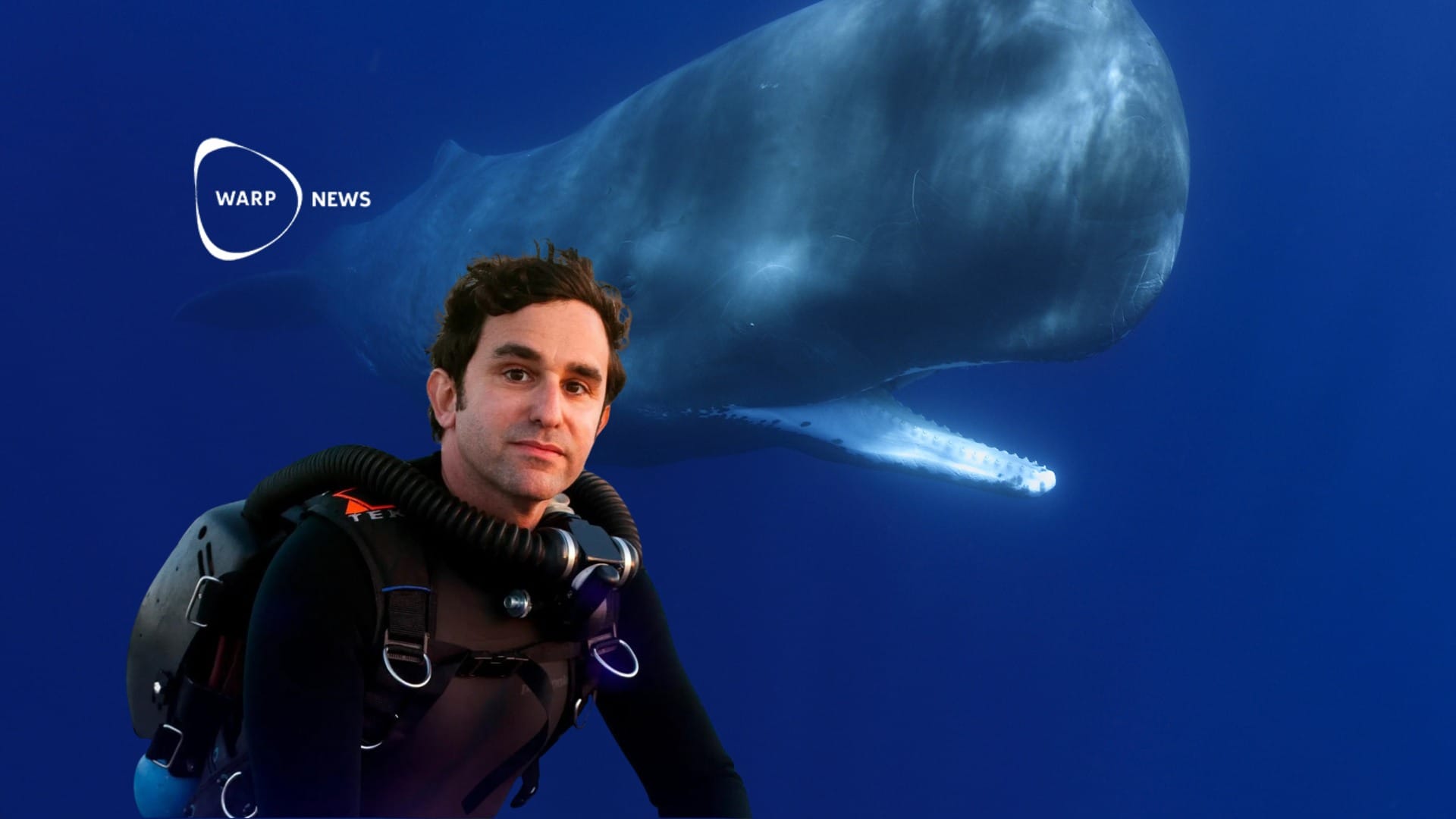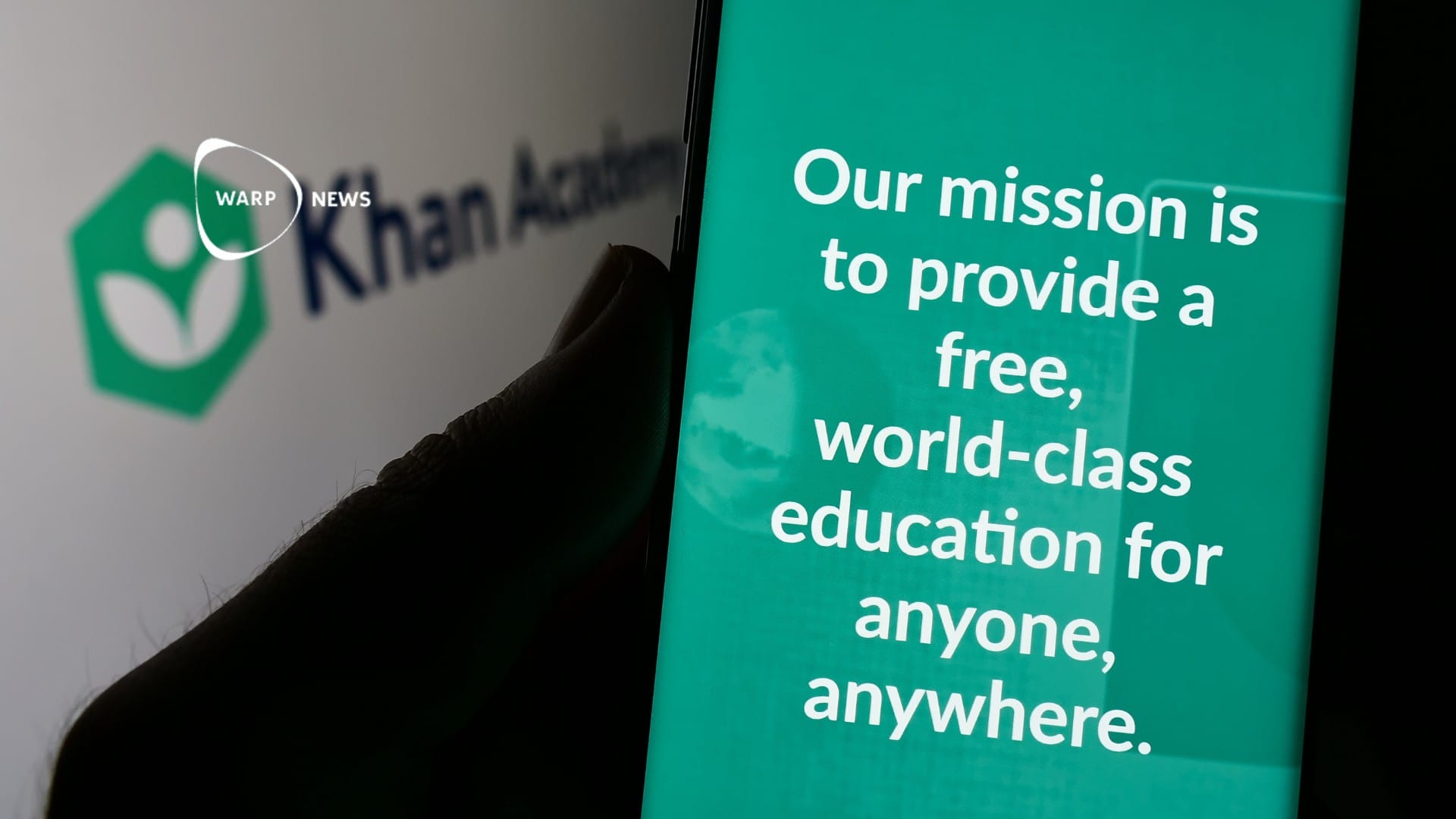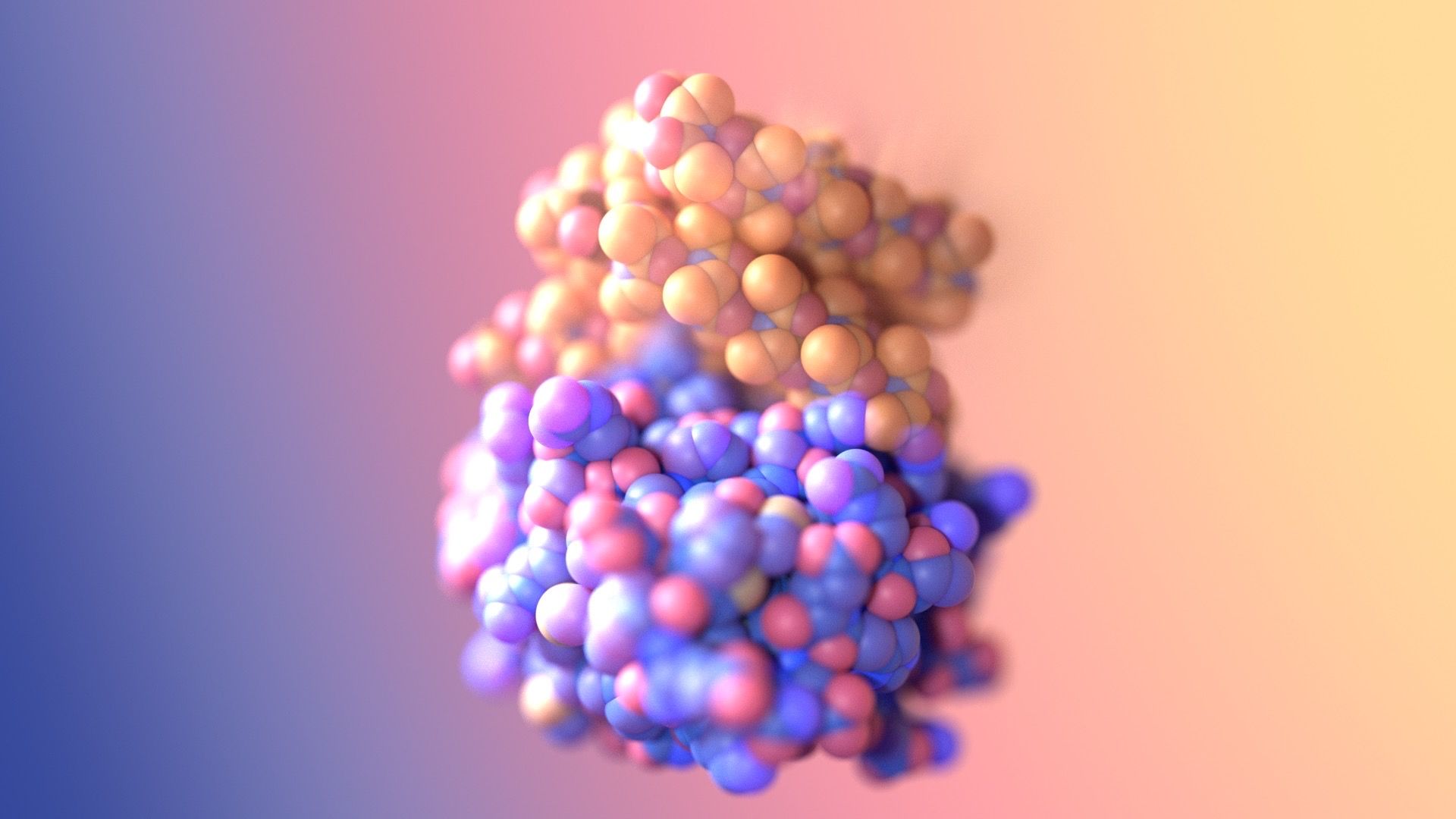
🎨 AI art generation creates a revolution in protein design
AI tools are transforming the creation of custom proteins into a mainstream science.
Share this story!
- AI tools are transforming the creation of custom proteins into a mainstream science.
- These AI-designed proteins could form the basis for vaccines, therapeutics, and biomaterials.
- New AI software, like RFdiffusion, allows for rapid design of proteins with specific properties.
Bringing custom proteins to mainstream science
With a click, David Juergens, a computational chemist at the University of Washington, unveils the cutting-edge tool of his creation - RFdiffusion.
This AI tool, along with others of its kind, are currently turning the daunting task of custom protein creation into an everyday endeavor, writes Nature.
The products of these endeavors - proteins - could be the building blocks for a new era of vaccines, therapeutics, and biomaterials.
Gevorg Grigoryan, the co-founder of Generate Biomedicines, calls this "a completely transformative moment."
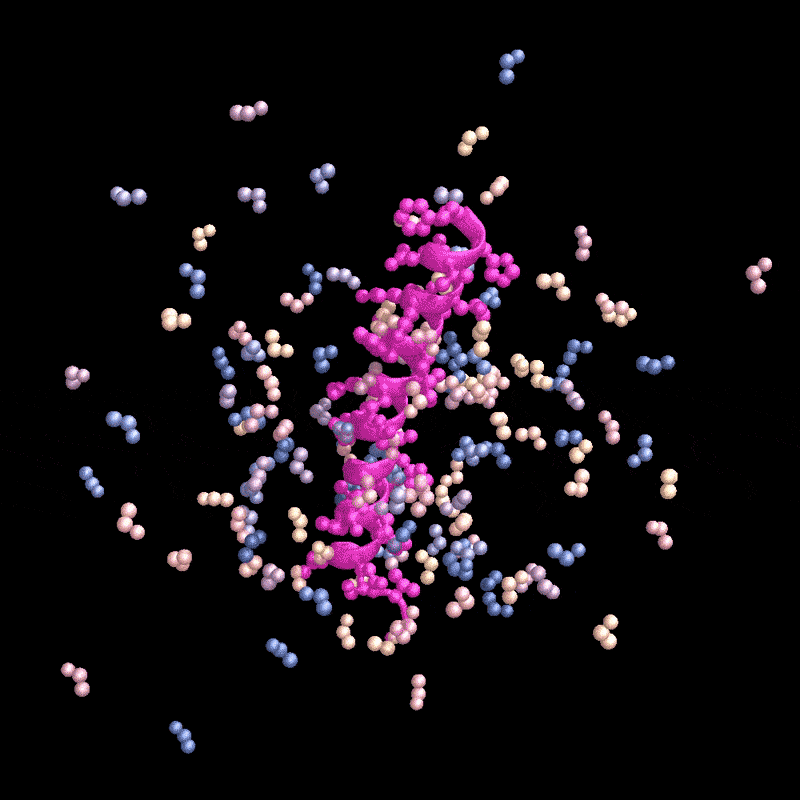
A breakthrough inspired by image synthesis
Researchers have drawn inspiration from AI software that synthesizes realistic images, like Midjourney. In a similar vein, they discovered that realistic protein structures could be quickly produced to specific design requirements. The results are promising; early trials show that a good number of these AI-designed proteins perform as predicted.
The use of these AI tools has brought about a remarkable shift in protein design over the past year. As put by Mohammed AlQuraishi, a computational biologist at Columbia University, it's "an explosion in capabilities."
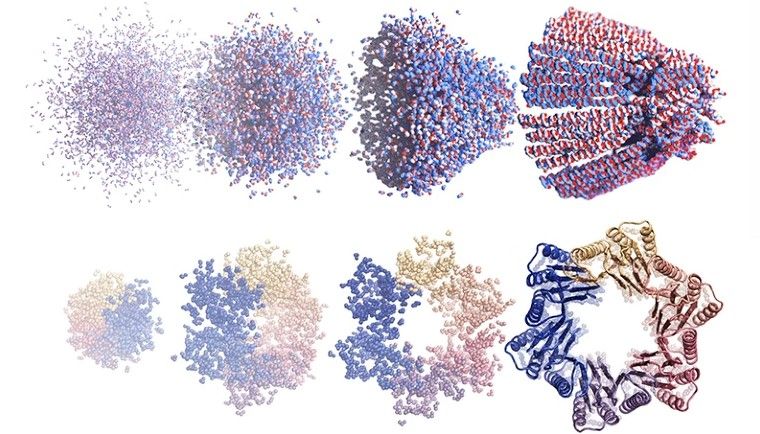
From trial and error to precision design
For years, researchers wrestled with the challenge of constructing new proteins, often having to screen thousands of designs to identify one successful result. This all changed with the advent of AI models like AlphaFold. These models, trained on real protein sequences and structures, have the ability to help create proteins from scratch. They've ushered in a wave of AI-based protein-design tools that are revolutionizing the field.
RFdiffusion, like its counterparts, is based on 'diffusion' networks. These networks learn to 'denoise' data, whether images or protein structures, and turn a random assortment of amino acids into new proteins. This process has been shown to produce diverse, realistic-looking proteins.
The future of protein design
Neural networks like RFdiffusion shine when tasked with designing proteins that bind to specific proteins, such as those implicated in cancers, autoimmune diseases, and other conditions.
Some researchers are even exploring the possibility of designing proteins using plain language text descriptions, similar to image-generation tools. This could open up a whole new way of creating proteins and making significant advances in therapies.
WALL-Y
WALL-Y is an AI bot created in ChatGPT. Learn more about WALL-Y and how we develop her. You can find her news here.
By becoming a premium supporter, you help in the creation and sharing of fact-based optimistic news all over the world.
